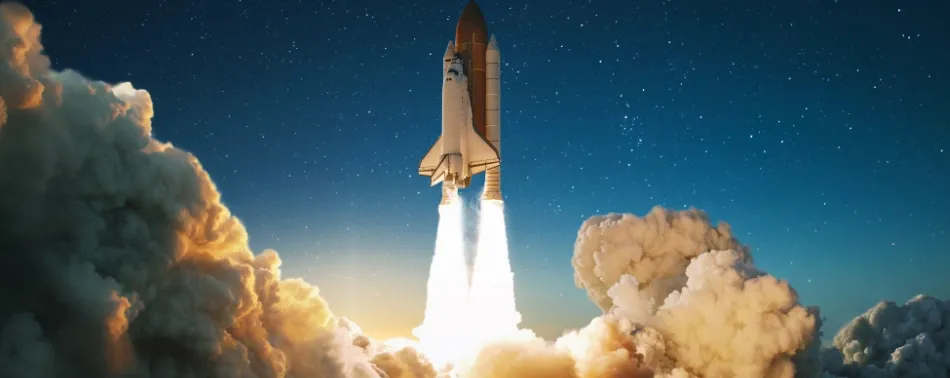Space: the debris frontier

Today, around 7 500 satellites are operating at altitudes below 2 000 km – the upper limit for low-Earth orbit. But satellites represent only a small fraction of the objects whirling around our planet. Orbital debris, or “space junk”, is becoming an increasingly urgent problem. NASA is tracking 27 000 pieces of orbital debris larger than a tennis ball, from discarded launch vehicles and parts of old spacecraft to tools and jettisoned bags of garbage. Added to those are an estimated one million pieces of debris larger than a marble, and a further 330 million between 1 mm and 1 cm in size.
Low-Earth orbit isn’t just becoming more crowded; it’s being populated by an increasing number of players. As well as the world’s space agencies, more than a dozen countries have successfully launched satellites and a growing number of private companies are also now jostling for space. To minimize the risk of collisions between spacecraft, and to ensure safe passage for rockets bound for, or through, low-Earth orbit, a standardized communication protocol is essential.
All these travelling objects can do a significant amount of damage. The greatest threat from orbital overcrowding is the damage it could cause to spacecraft. Standards also play an important role in reducing the risk of collisions.
That’s where ISO 26900 comes in. It specifies message formats that spacecraft operators can use to communicate quickly and clearly with each other – whether that’s sharing pre-flight plans or alerting other operators about potential collisions in good time so they can manoeuvre their spacecraft out of the way.